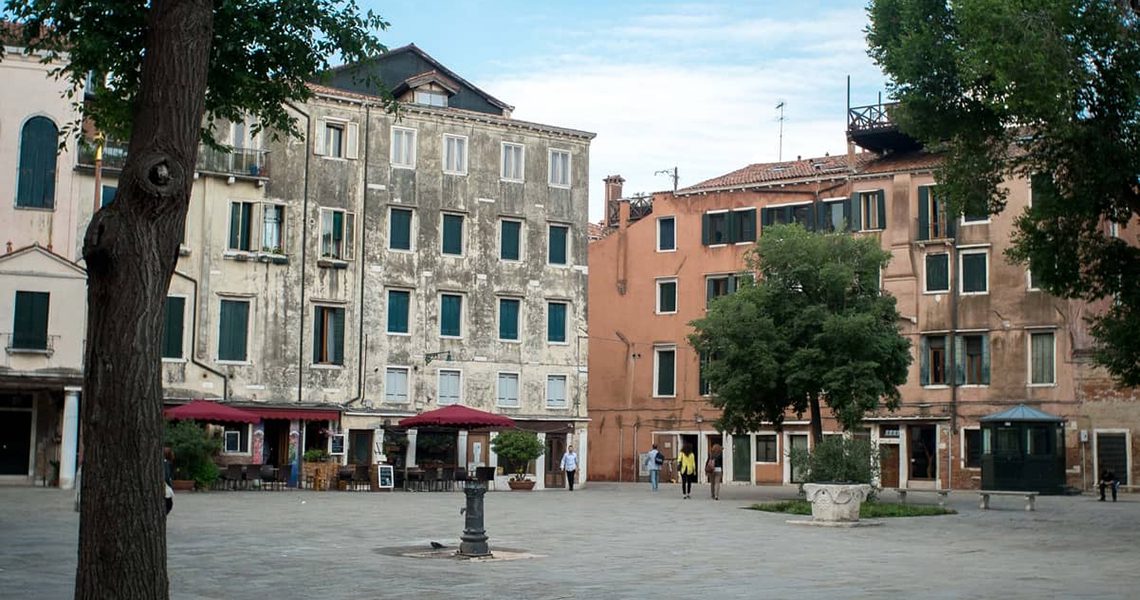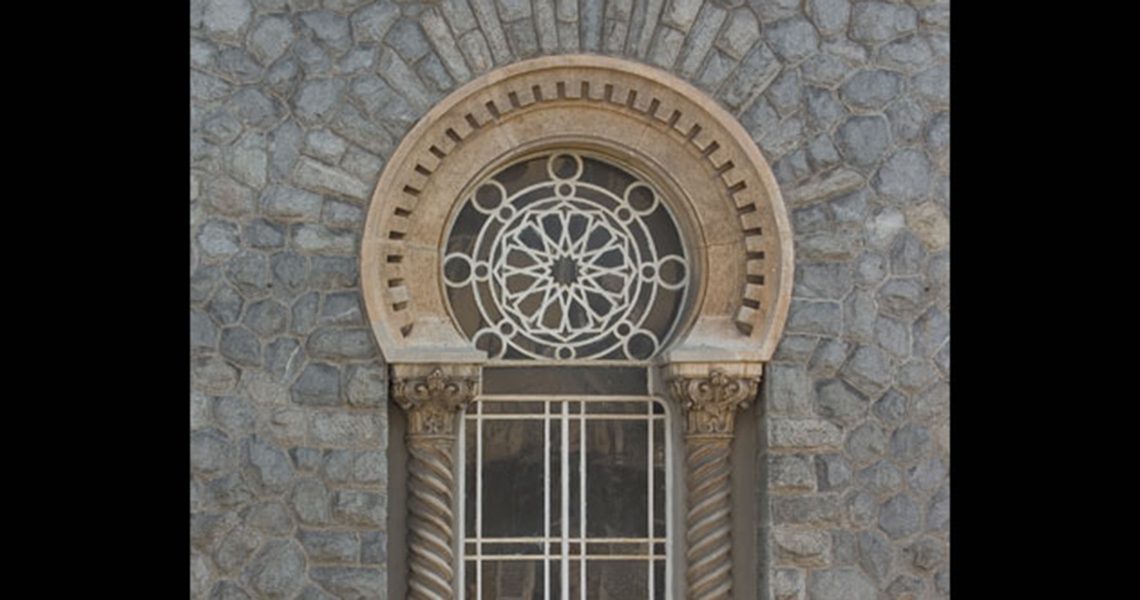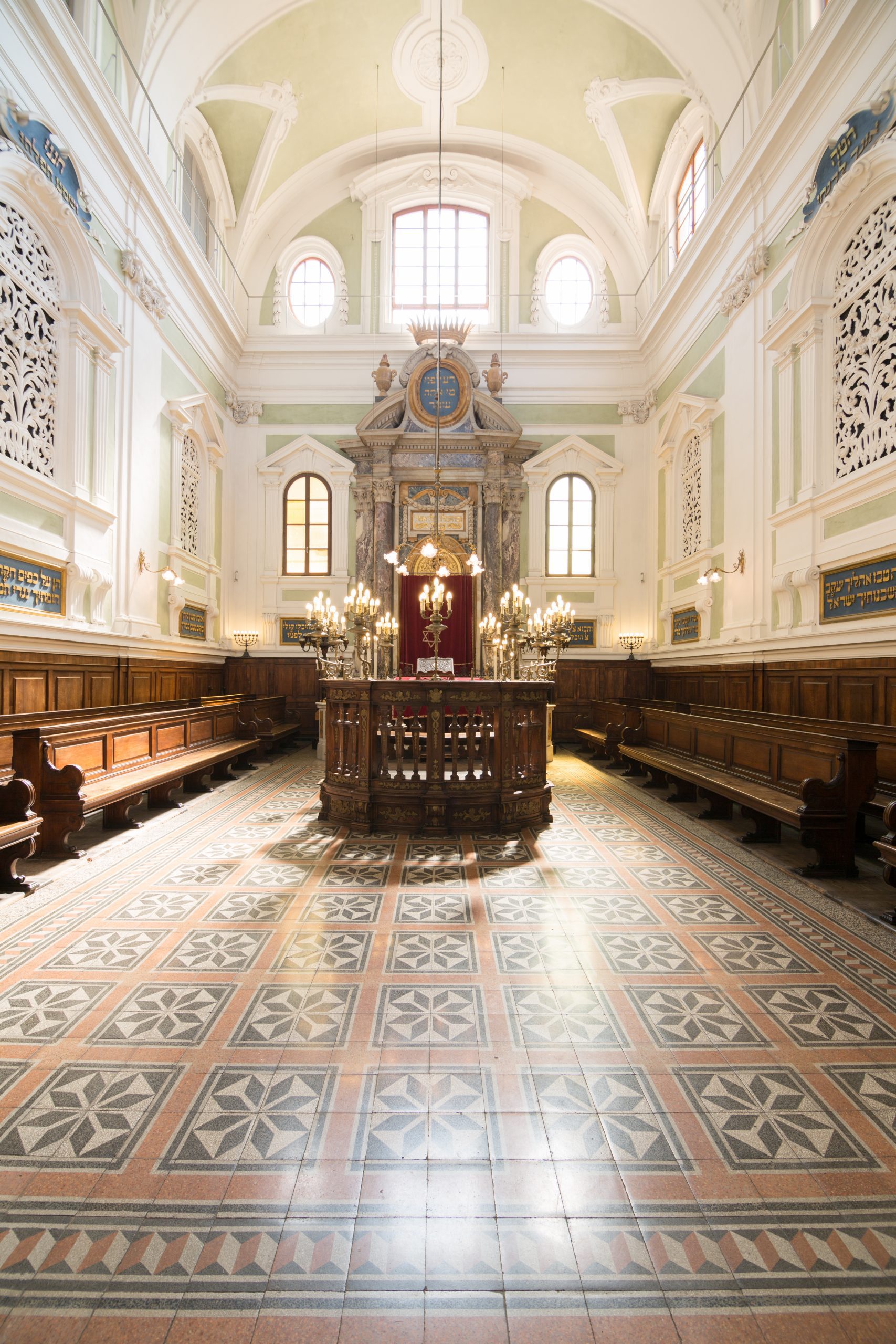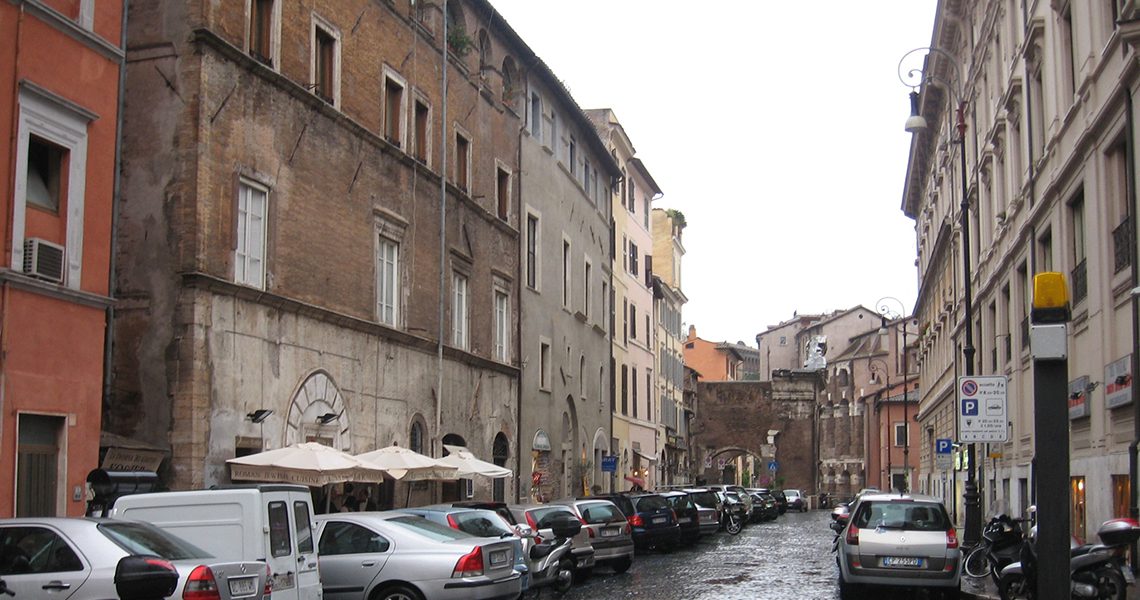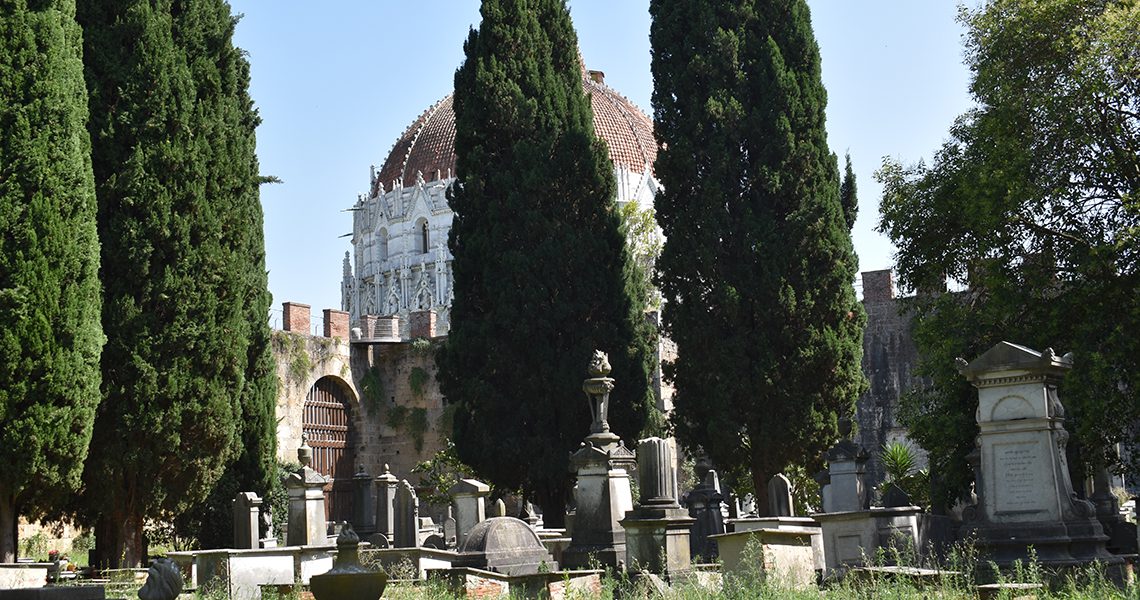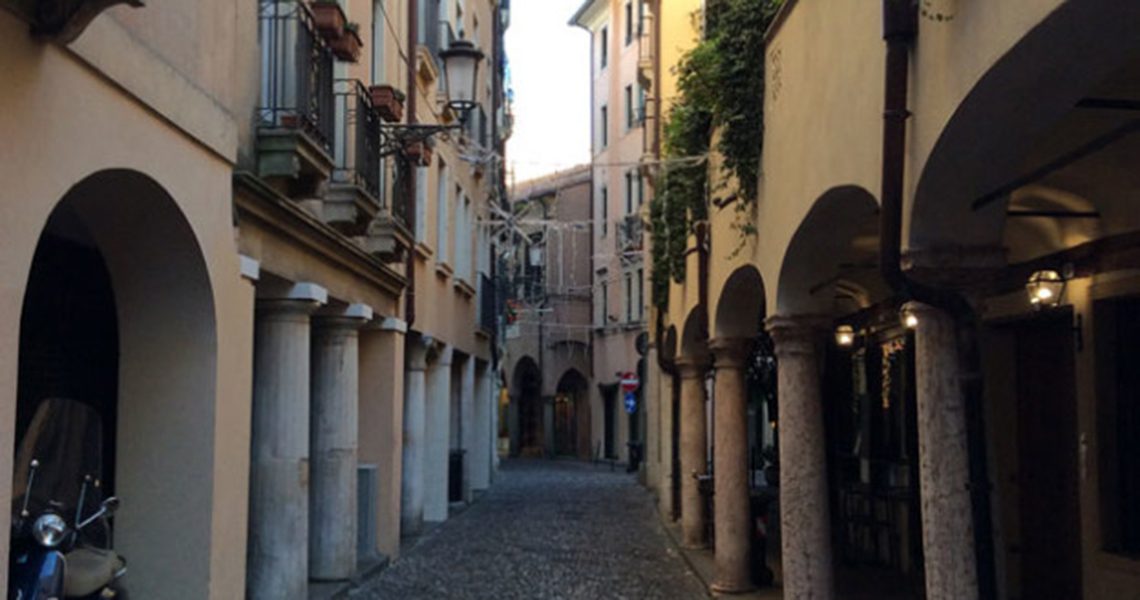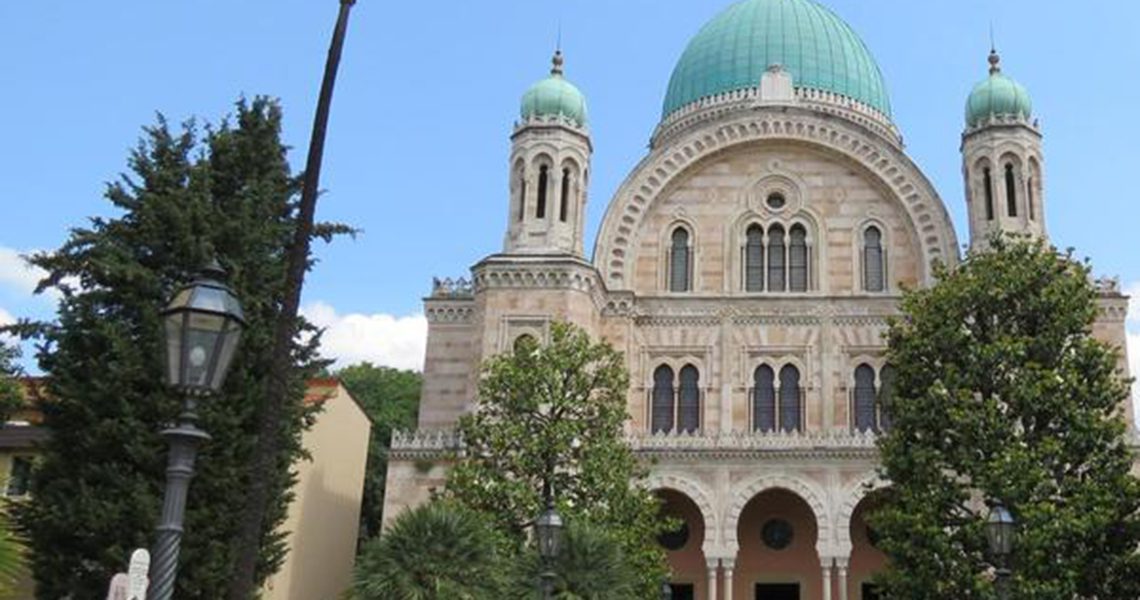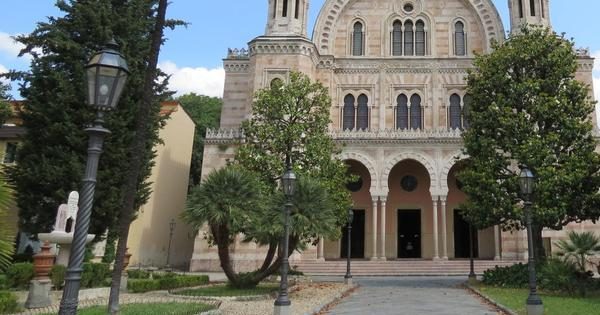Jewish Heritage Route Italy – Venice
Venice introduction
For centuries the Grand Canal – or ‘Canalazzo’ as Venetians call it – has been the main ‘street’ through the heart of the city. Four kilometers long, it winds like an inverted S lined with an uninterrupted array of gilded buildings and churches in all shades of pastel colors. A second focal point in the city is St. Mark’s Square, the very symbol and center of political life in the Venetian Republic: it was here that the doge had his residence, here the government sat and justice was dealt out.
Bound on the three sides by the Procuratie Vecchie e Nuove and the Clock Tower, the square is dominated by the imposing basilica of St. Mark’s, while off to the side are Sansovino’s Library and the Doge’s Palace (14th-15th century). The Jewish Ghetto is in the heart of the Cannaregio district. Venice was the first city in the world in 1516 to force Jews to live in a ‘ghetto’, a Venetian world that spread worldwide through the Diaspora. Ghetto came to stand for a separate quarter, gates and custodians, discrimination and poverty.
Venice in detail
For centuries the Grand Canal – or ‘Canalazzo’ as Venetians call it – has been the main ‘street’ through the heart of the city. Four kilometers long, it winds like an inverted S lined with an uninterrupted array of gilded buildings and churches in all shades of pastel colors.
A second focal point in the city is St. Mark’s Square, the very symbol and center of political life in the Venetian Republic: it was here that the doge had his residence, here the government sat and justice was dealt out. Bound on the three sides by the Procuratie Vecchie e Nuove and the Clock Tower, the square is dominated by the imposing basilica of St. Mark’s, while off to the side are Sansovino’s Library and the Doge’s Palace (14th-15th century). The Jewish Ghetto is in the heart of the Cannaregio district. Venice was the first city in the world in 1516 to force Jews to live in a ‘ghetto’, a Venetian world that spread worldwide through the Diaspora. Ghetto came to stand for a separate quarter, gates and custodians, discrimination and poverty. The Venice ghetto was a large quarter, and is one of the few to have survived in its original urban form. For centuries there were groups of different Jews living side by side: German, Levantines and Ponentines, the so-called ‘nations’. These groups took a long time to mix and persisted with their own customs, rites and different synagogues. To-day the Ghetto attracts visitors from all over the world because of its unique artistic heritage.

